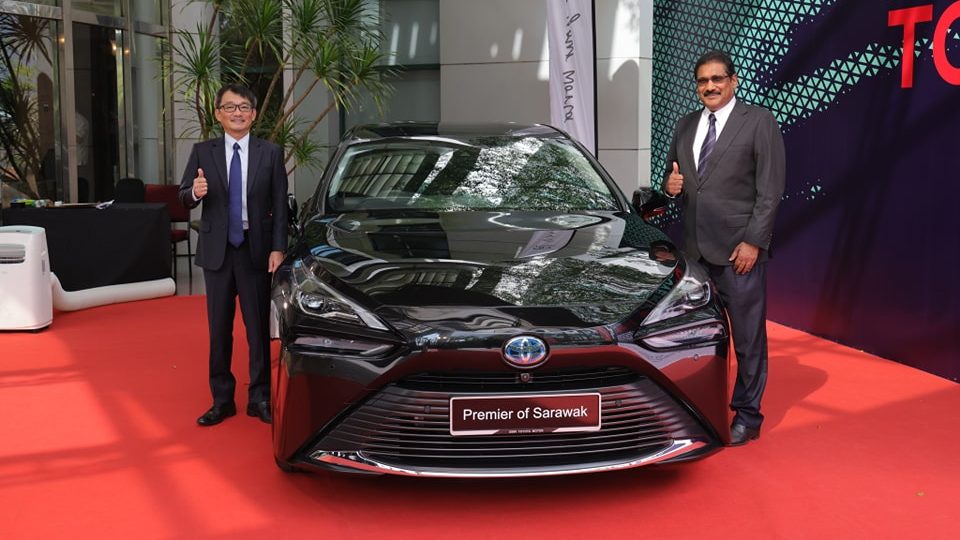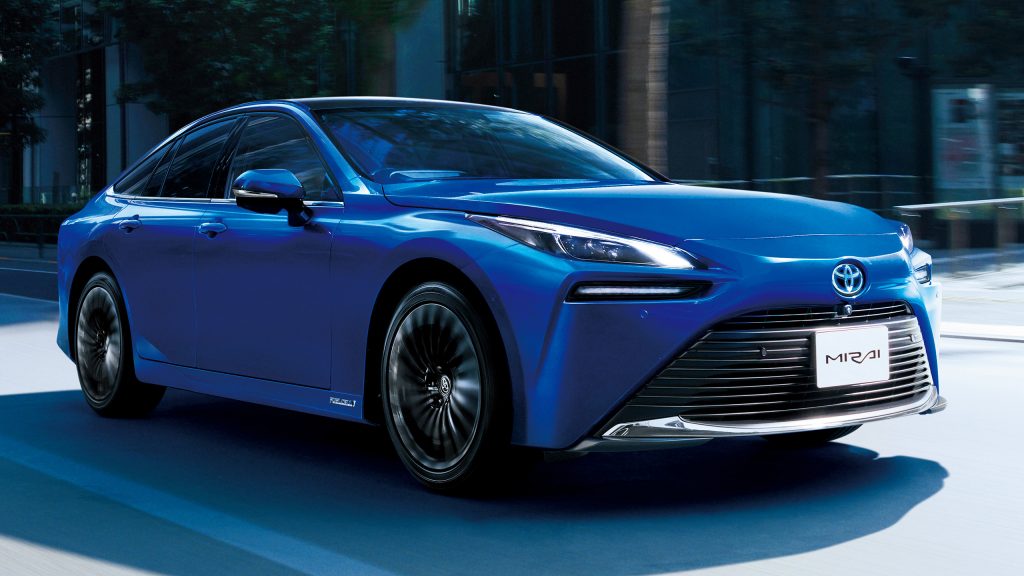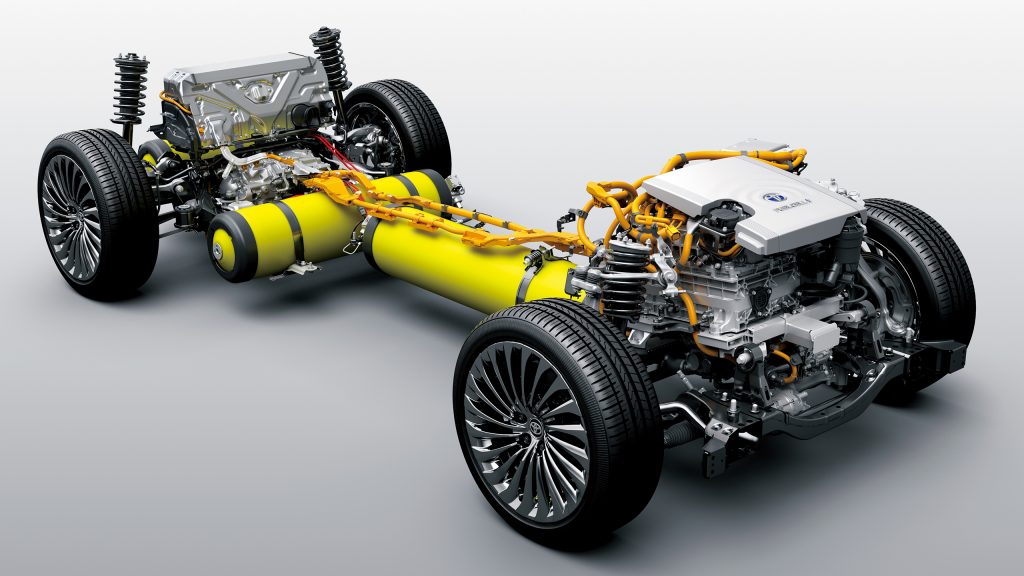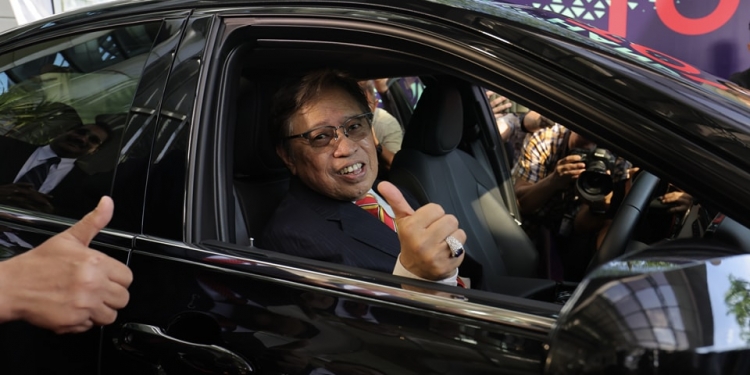Malaysia may be betting big on battery electric vehicles, giving buyers incentives through import tax and excise duty exemptions. But Sarawak is going at it alone, angling itself towards a hydrogen-powered future instead. It already has hydrogen fuelling stations, hydrogen-powered buses and a hydrogen production plants, and it plans to start large-scale production and export of the renewable fuel by 2027.
Now, Sarawak Premier Abang Johari Tun Openg will get to reap the fruits of the state’s efforts in his new Toyota Mirai. The hydrogen-powered sedan was presented to him by official distributor UMW Toyota Motor, which also delivered four more units to SEDC Energy, the hydrogen-producing subsidiary of the Sarawak Economic Development Corporation (SEDC).

The move marks another step towards the greater Toyota organisation’s goal of delivering “Mobility for All” as part of its commitment to becoming carbon neutral globally by 2050, UMW Toyota Motor said in a statement. It added that it appreciated SEDC Energy undertaking the aspirations of the state government in becoming a leader in green energy in Malaysia.
Abang Jo’s black Mirai is a second-generation model, based on the GA-L version of the Toyota New Global Architecture (TNGA) that also underpins the latest Lexus LS luxury sedan and LC coupé. Like a battery-powered EV, it uses an electric motor—a rear-mounted unit that produces 180hp and 300Nm of torque—for propulsion, but it’s juiced by a fuel cell that converts hydrogen into electricity. Three hydrogen tanks provide a range of 850km.



Sarawak is a prime candidate for producing hydrogen because of its abundant hydropower resources. The state has an installed capacity of 3,492MW from its three dams; this makes up 61% of its overall electricity capacity.
Hydrogen is already being produced by electric utility Sarawak Energy at its integrated hydrogen production plant and fuel station in Kuching—said to be the first such facility in Southeast Asia—as well as by SEDC Energy at its Petros multi-fuel station. Sarawak plans to produce up to 10,000 tonnes of hydrogen per year for export by 2025.








